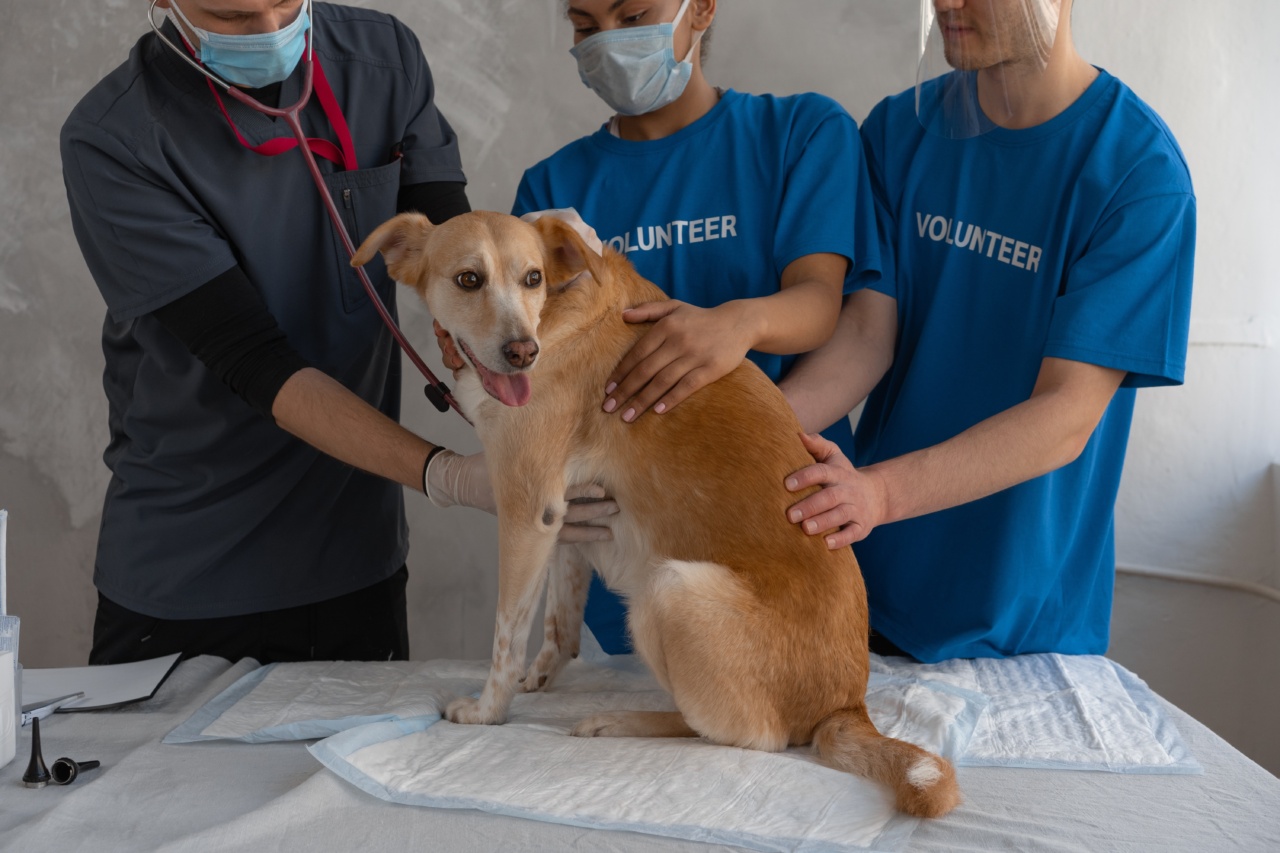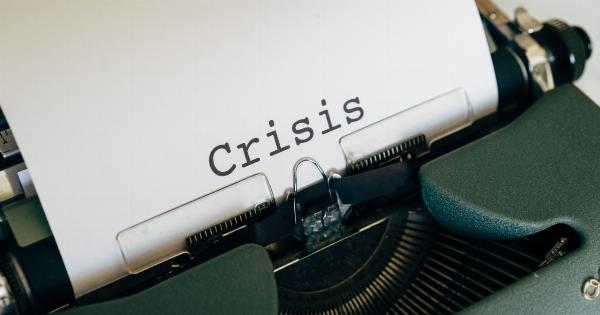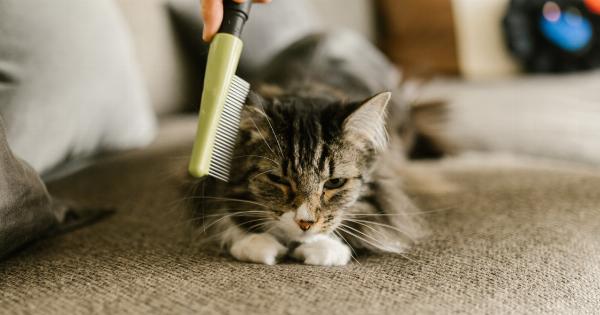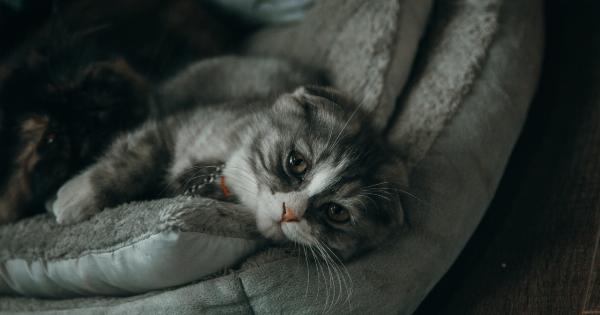Animal Assisted Therapy (AAT) is a type of therapy that involves the use of animals in order to help individuals with mental, physical, emotional, and social issues.
It is a growing field that shows great promise in healing and enhancing the lives of individuals who participate in it.
History of Animal Assisted Therapy
The use of animals in therapy has been around for thousands of years. Animals have been used in homes, hospitals, and other medical facilities in order to provide comfort, love, and companionship to humans.
However, the formalization of animal assisted therapy only began in the 1960s when a psychiatrist named Boris Levinson discovered how his dog helped one of his patients communicate. After this discovery, Levinson began incorporating his dog into his therapy sessions and saw a remarkable improvement in his patients’ conditions.
Benefits of Animal Assisted Therapy
Animal assisted therapy has a vast amount of benefits for individuals who participate in it. Some of these benefits include:.
- Reduced anxiety and stress levels
- Increase in happiness and overall mood improvement
- Improved socialization and communication skills
- Enhanced physical abilities and coordination
- Reduced symptoms of depression and anxiety
- Increased self-esteem and self-confidence
AAT has also shown to be beneficial for children with autism and individuals with PTSD, ADHD, dementia, and physical disabilities such as cerebral palsy and multiple sclerosis.
The benefits of animal assisted therapy extend to individuals of all ages and backgrounds.
The Role of Animals in Therapy
Animals provide a sense of comfort, safety, and well-being that is often unmatched. Their non-judgmental, unconditional love and affection provide a type of connection that can be difficult to achieve with humans.
This connection is especially important for individuals who have difficulty communicating or connecting with others, such as children with autism. The presence of an animal can also help ease anxiety and reduce stress levels, providing a calming effect that can be beneficial in a therapeutic setting.
Types of Animals Used in Animal Assisted Therapy
While dogs are the most commonly used animals in AAT, a variety of animals can be used for therapy. Some of these animals include:.
- Cats
- Horses
- Rabbits
- Birds
- Guinea Pigs
- Dolphins
- Chickens
The type of animal used in therapy depends on the individual’s specific needs, the environment in which the therapy will take place, and the specific therapy goals that are trying to be achieved.
The Importance of Proper Training
It is important that animals used in AAT are trained and certified. This ensures that they are well-behaved and safe for individuals to interact with. Therapy animals should also have the appropriate vaccinations and be screened for any health concerns.
Additionally, the handlers and the animals should go through a screening process to ensure that they are a good match for each other and that the handler has the necessary training and skills to handle the animal in a therapeutic setting.
Limitations of Animal Assisted Therapy
While the benefits of AAT are numerous, there are some limitations to consider. For example, individuals with severe allergies or phobias to certain animals may not be able to participate in AAT.
Additionally, the therapy may not be effective for individuals who have a fear of animals or have had negative experiences with animals in the past. It is also important to note that AAT should not be used as a substitute for traditional therapy or medication. Rather, it should be used as a complementary therapy to enhance traditional treatments.
Conclusion
Animal Assisted Therapy has proven to be an effective and beneficial therapy for individuals of all ages and backgrounds.
The use of animals in therapy has been around for thousands of years, and with modern advancements in medicine and therapy, it has become more formalized and widespread. While there are limitations to consider, the benefits of AAT are numerous and show great promise in helping individuals heal and enhance their lives.



























